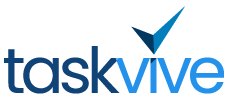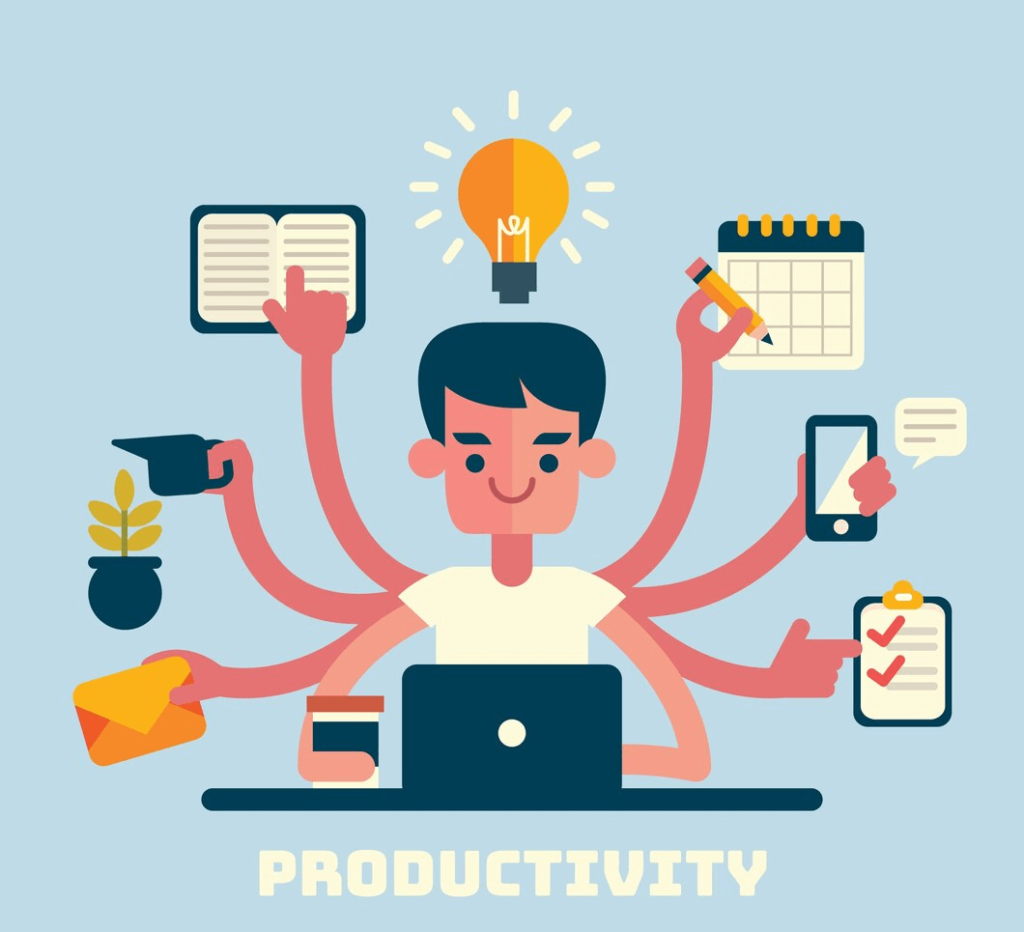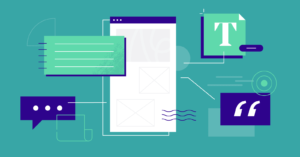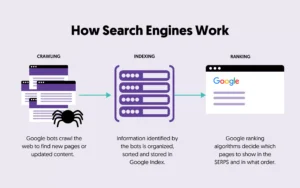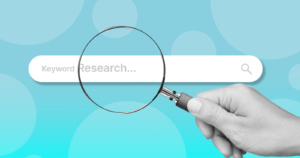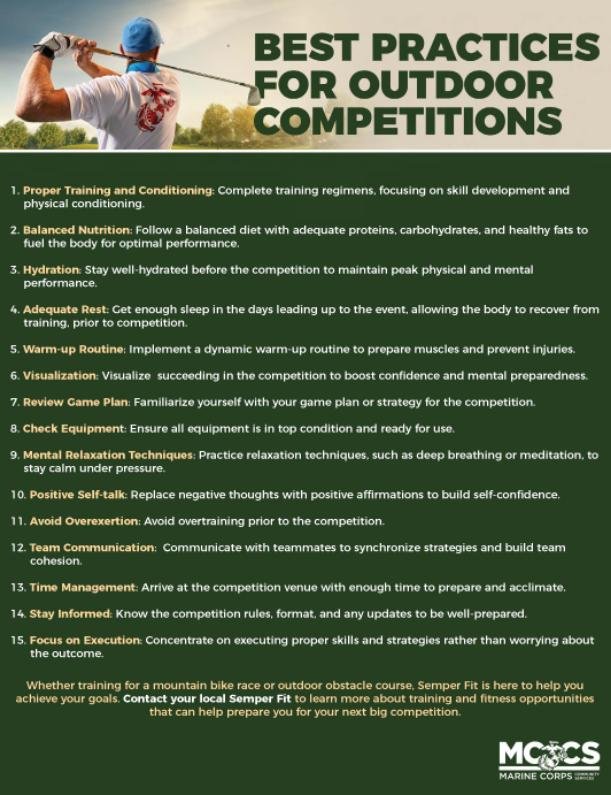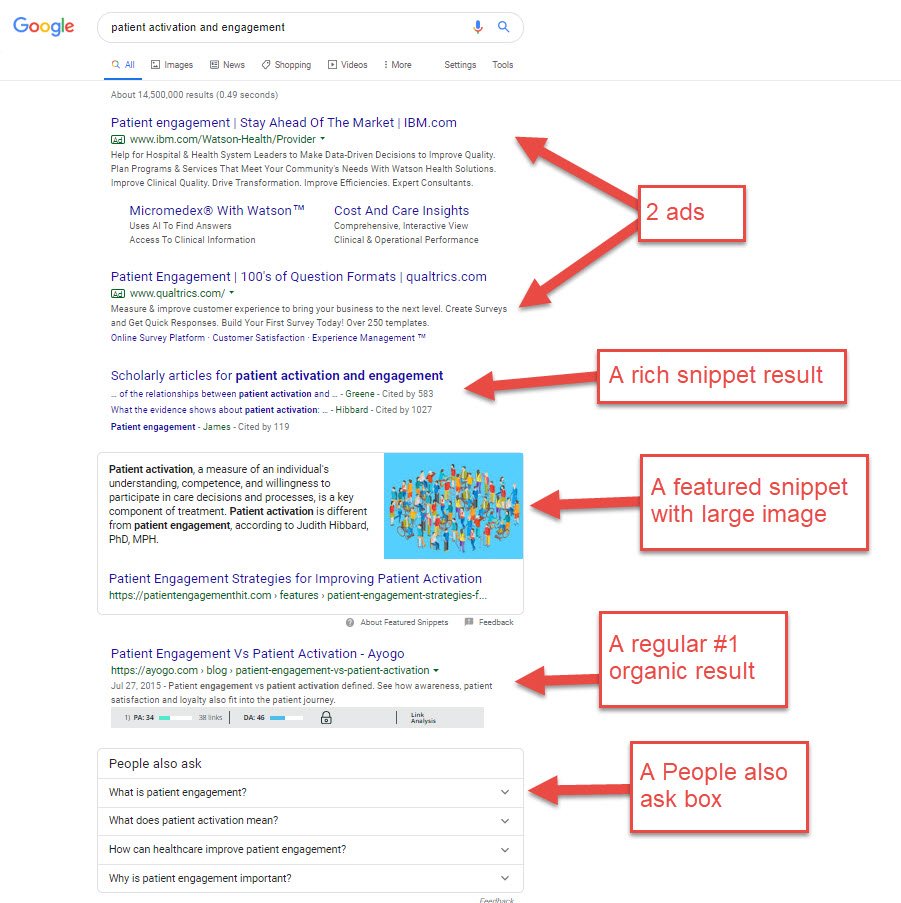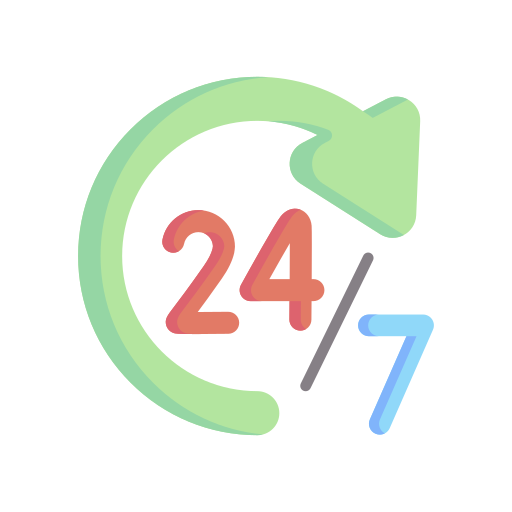Productivity tools are applications/software designed to help people work more efficiently. They simply organize your tasks, schedules, and enhance overall performance.
In today’s busy world, staying productive is a challenge. Distractions are everywhere, and managing time can be tricky. This is where productivity tools come in. These tools help streamline your workflow and keep you focused on important tasks. From managing emails to organizing projects, they offer various features to boost efficiency.
They are essential for both personal and professional life, making it easier to achieve your goals. By using these tools, you can save time, reduce stress, and accomplish more each day. Discover how productivity tools can transform the way you work and help you stay on top of your tasks.

Introduction To Productivity Tools
Productivity tools help individuals and teams manage their tasks efficiently. These tools streamline workflows and enhance output. They include apps, software, and systems designed to improve productivity. Understanding their use is essential in today’s fast-paced world.
Importance Of Productivity
Being productive allows you to achieve more in less time. It boosts your efficiency and helps meet deadlines. This is crucial for both personal and professional success. Productivity tools can significantly contribute to this improvement.
Impact On Daily Tasks
Productivity tools simplify daily tasks. They help in organizing schedules, setting reminders, and tracking progress. This reduces stress and improves time management.
Below is a table of common productivity tools and their functions:
| Tool | Function |
|---|---|
| To-do List Apps | Organize tasks and set priorities |
| Calendar Apps | Schedule meetings and set reminders |
| Note-taking Apps | Capture ideas and important information |
| Project Management Tools | Track progress and manage teams |
Using these tools, daily tasks become more manageable. They allow for better focus and less distraction.
Consider incorporating the following tools into your routine:
- Evernote – For note-taking and organizing ideas.
- Trello – For managing projects and collaborating with teams.
- Google Calendar – For scheduling and reminders.
- Todoist – For task management and prioritization.
These tools can make a significant difference in your day-to-day productivity. Start with one and see the improvement it brings.
Types Of Productivity Tools
Productivity tools are essential for managing time, tasks, and projects efficiently. They help streamline workflows, increase focus, and boost overall productivity. Different types of productivity tools cater to various needs, ensuring that both individuals and teams can work smarter, not harder.
Task management tools help organize and prioritize tasks. They ensure nothing gets overlooked. These tools offer features like to-do lists, deadlines, and reminders. Popular task management tools include Trello, Asana, and Todoist. They enable users to create tasks, assign them, and track progress.
Time tracking tools monitor the time spent on various activities. They help identify time-wasting habits and improve time management. Tools like Toggl, Clockify, and RescueTime are commonly used. They provide insights into how time is spent and help users stay on track.
Task Management Tools
Task management tools play a crucial role in enhancing productivity. They help individuals and teams organize, track, and complete tasks efficiently. By using task managers, one can prioritize work, set deadlines, and ensure nothing falls through the cracks.
Popular Task Managers
Several task management tools are popular among users. Each offers unique features to cater to different needs. Some well-known task managers include:
- Asana
- Trello
- Todoist
- Microsoft To Do
- ClickUp
These tools help you create to-do lists, assign tasks, and track progress.
Features To Look For
Choosing the right task management tool depends on your needs. Key features to consider include:
- Ease of Use: The tool should have an intuitive interface.
- Collaboration: It should support team collaboration.
- Integration: Look for tools that integrate with other apps.
- Customization: The tool should allow task customization.
- Notifications: Reminders and alerts are essential for deadlines.
These features ensure the tool meets your requirements and enhances productivity.
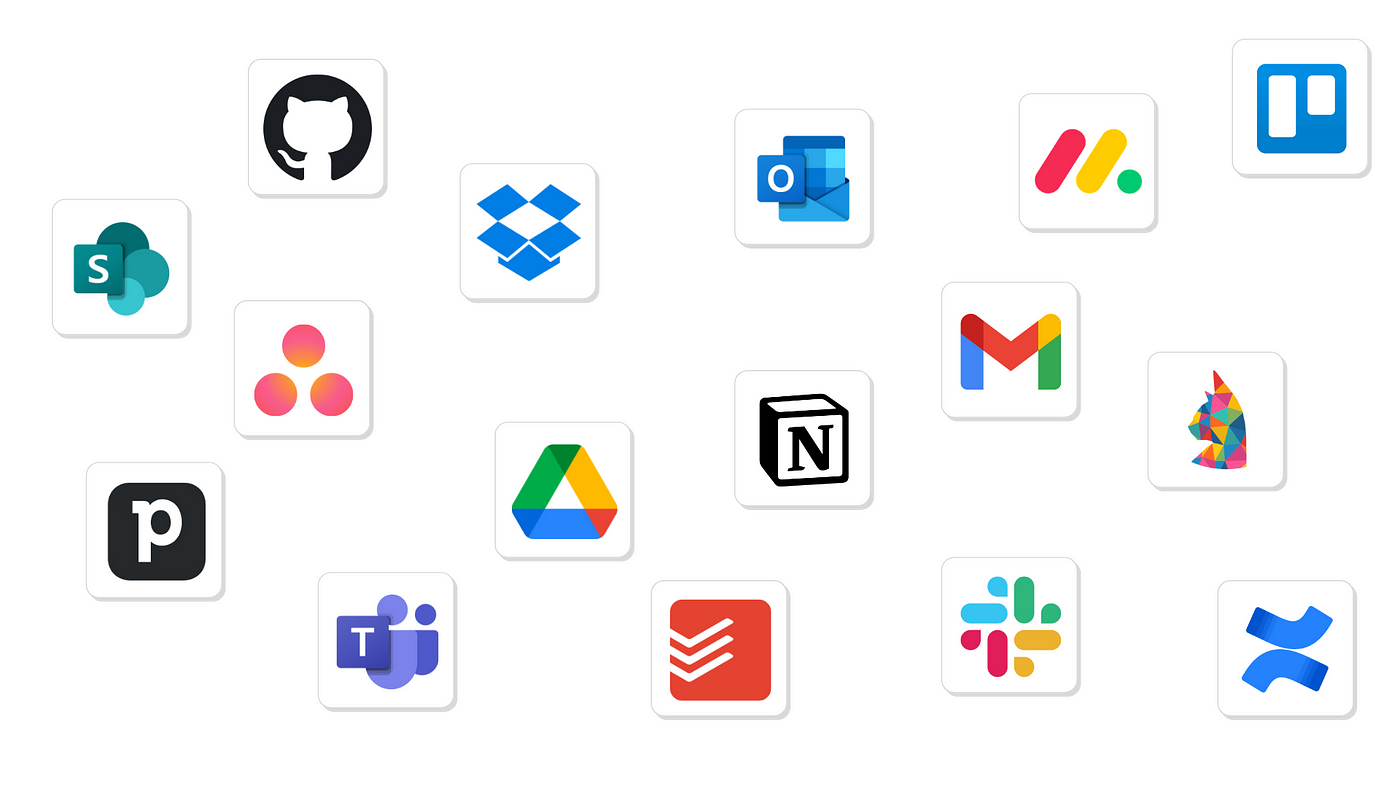
Time Tracking Tools
Time tracking tools help you monitor how you spend your time. They are essential for increasing productivity and managing work. These tools give insights into daily activities and help identify areas for improvement.
Benefits Of Time Tracking
Time tracking offers several benefits that can improve productivity and efficiency.
- Better Time Management: Helps prioritize tasks and manage time effectively.
- Increased Accountability: Tracks work hours and ensures accountability.
- Improved Focus: Reduces distractions and helps maintain focus on tasks.
- Data-Driven Insights: Provides data to analyze and optimize workflows.
- Accurate Billing: Ensures accurate billing for clients by tracking billable hours.
Top Time Tracking Apps
Several time tracking apps are popular for their ease of use and functionality. Here are some of the best options:
| App Name | Key Features | Platform |
|---|---|---|
| Toggle Track | Simple interface, detailed reports, integrates with other tools | Web, iOS, Android |
| Clockify | Free plan, timesheets, project tracking | Web, iOS, Android |
| Harvest | Invoicing, expense tracking, project management | Web, iOS, Android |
| RescueTime | Automatic tracking, productivity reports, goal setting | Web, iOS, Android |
| Hubstaff | GPS tracking, productivity monitoring, team management | Web, iOS, Android |
Choosing the right time tracking app can make a significant difference in productivity. Explore these options to find the one that best suits your needs.
Collaboration Tools
In the modern workplace, collaboration is key to achieving high productivity. Collaboration tools help teams work together efficiently, regardless of their location. These tools include team communication apps and project collaboration platforms.
Team Communication Apps
Team communication apps allow members to stay connected in real-time. They offer chat functions, video calls, and file sharing. This makes it easy for team members to exchange ideas and information quickly.
Popular examples of these apps include:
- Slack: Offers channels for organized communication.
- Microsoft Teams: Integrates with Office 365 for seamless file sharing.
- Zoom: Excellent for video conferencing and webinars.
Using these apps can reduce email overload and make communication more efficient.
Project Collaboration Platforms
Project collaboration platforms help teams manage tasks and projects. They provide tools for task assignments, progress tracking, and document sharing. These platforms ensure that everyone is on the same page.
Common project collaboration platforms include:
- Trello: Uses boards, lists, and cards for task management.
- Asana: Offers timelines and calendar views for project planning.
- Basecamp: Focuses on team collaboration with to-do lists and message boards.
These platforms make it easier to manage projects and meet deadlines.
Note-taking Tools
Note-taking tools are essential for staying organized and efficient. These tools help capture ideas, track tasks, and store important information. Whether you’re a student or a professional, effective note-taking can boost productivity.
Digital Note Apps
Digital note apps are popular for their convenience. They allow you to create, edit, and organize notes on multiple devices. Apps like Evernote and OneNote offer features such as text formatting, image insertion, and voice recordings.
These apps also sync your notes across devices. This ensures you always have access to your notes, whether on your phone, tablet, or computer. Digital notes can be easily shared with others, making collaboration simple.
Organizing Your Notes
Keeping your notes organized is key to finding information quickly. Use tags, folders, and notebooks within your digital note app. Tags help you categorize notes by topic, while folders group related notes together.
Search functions in note apps make it easy to locate specific information. Simply type a keyword, and the app will display all relevant notes. Regularly review and update your notes to keep them current and useful.
Consider creating a system that works for you. Whether it’s by project, date, or priority, an organized note-taking system saves time and reduces stress.
Automation Tools
Automation Tools are essential in the modern workplace. These tools help you save time and increase efficiency. They do this by performing repetitive tasks automatically. This means you can focus on more important work.
Streamlining Repetitive Tasks
Many tasks in a typical workday are repetitive. These tasks can be time-consuming and boring. Automation tools can take over these tasks. This frees up your time for more creative and strategic work.
For example, sending follow-up emails can be automated. So can data entry and social media posting. By using automation tools, you reduce errors. You also ensure tasks are completed on time.
Examples Of Automation Tools
Here are some popular automation tools:
- Zapier: Connects different apps and automates workflows.
- IFTTT: Stands for “If This Then That.” It triggers actions based on specific events.
- Microsoft Power Automate: Integrates with Microsoft products and other services to automate tasks.
- Buffer: Schedules and posts content on social media.
- Mailchimp: Automates email marketing campaigns.
Each tool has its strengths. Choose the one that fits your needs best. Automation tools can transform the way you work. They help you be more productive and less stressed.
Choosing The Right Tools
Choosing the right productivity tools can be overwhelming. With countless options available, knowing where to start is essential. This guide will help you make informed decisions.
Assessing Your Needs
First, identify your specific needs. Do you need project management or time tracking? List your tasks and goals. This will help narrow down your options.
Consider the size of your team. Some tools work better for small teams. Others are designed for larger groups. Think about the complexity of your projects as well. Simple tasks may not need advanced tools.
Integration And Compatibility
Check if the tool integrates with other software you use. This ensures a seamless workflow. Compatibility is crucial for smooth operation.
Ensure the tool works on your devices. Some tools are better on desktops. Others are optimized for mobile use. Compatibility can save you time and frustration.
Read user reviews. See if other users have faced compatibility issues. This can provide valuable insights.
Maximizing Productivity
Productivity tools help streamline tasks. They save time and boost efficiency. But how do you make the most of these tools? Maximizing productivity involves smart strategies. It’s not just about using tools. It’s about using them effectively.
Creating Effective Workflows
Effective workflows are essential for maximizing productivity. Start by identifying your key tasks. Break them down into smaller, manageable steps. Use productivity tools to automate repetitive tasks. This reduces errors and saves time. Tools like Trello or Asana can help. They allow you to track progress and stay organized.
Collaboration tools are also vital. They enable team members to communicate seamlessly. Slack and Microsoft Teams are great for this. They keep everyone on the same page. Effective workflows ensure tasks are completed efficiently. They also reduce stress and improve overall productivity.
Regular Tool Assessment
Regularly assess your productivity tools. Technology evolves rapidly. New tools and features are constantly emerging. Evaluate if your current tools meet your needs. Are they helping you achieve your goals? If not, it might be time for a change.
Look for tools that integrate well with your existing systems. Compatibility is key. It ensures smooth operation and reduces downtime. Read reviews and get feedback from other users. This helps you make informed decisions. Regular tool assessment keeps your workflow efficient and up-to-date.

Frequently Asked Questions
What Are Productivity Tools?
Productivity tools are software applications that help manage tasks, streamline workflow, and increase efficiency. They can include project management tools, time tracking software, and communication platforms.
How Do Productivity Tools Help?
Productivity tools help by organizing tasks, setting deadlines, and enabling collaboration. They improve workflow efficiency and reduce time spent on repetitive tasks.
What Are Examples Of Productivity Tools?
Examples of productivity tools include Trello for project management, Slack for communication, and Toggl for time tracking. These tools help streamline various aspects of work.
Are Productivity Tools Easy To Use?
Yes, most productivity tools are designed to be user-friendly. They often come with tutorials and customer support to help users get started quickly.
Conclusion
Productivity tools help you manage tasks and save time. They make work easier and more organized. These tools can boost your daily efficiency. Choose the right ones for your needs. Try out different options to find the best fit. Stay focused and meet your goals faster.
Make smart use of productivity tools and improve your work life.

Sofia Grant is a business efficiency expert with over a decade of experience in digital strategy and affiliate marketing. She helps entrepreneurs scale through automation, smart tools, and data-driven growth tactics. At TaskVive, Sofia focuses on turning complex systems into simple, actionable insights that drive real results.
